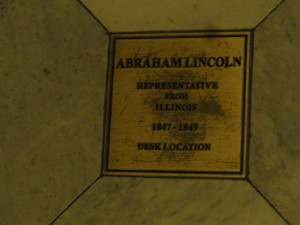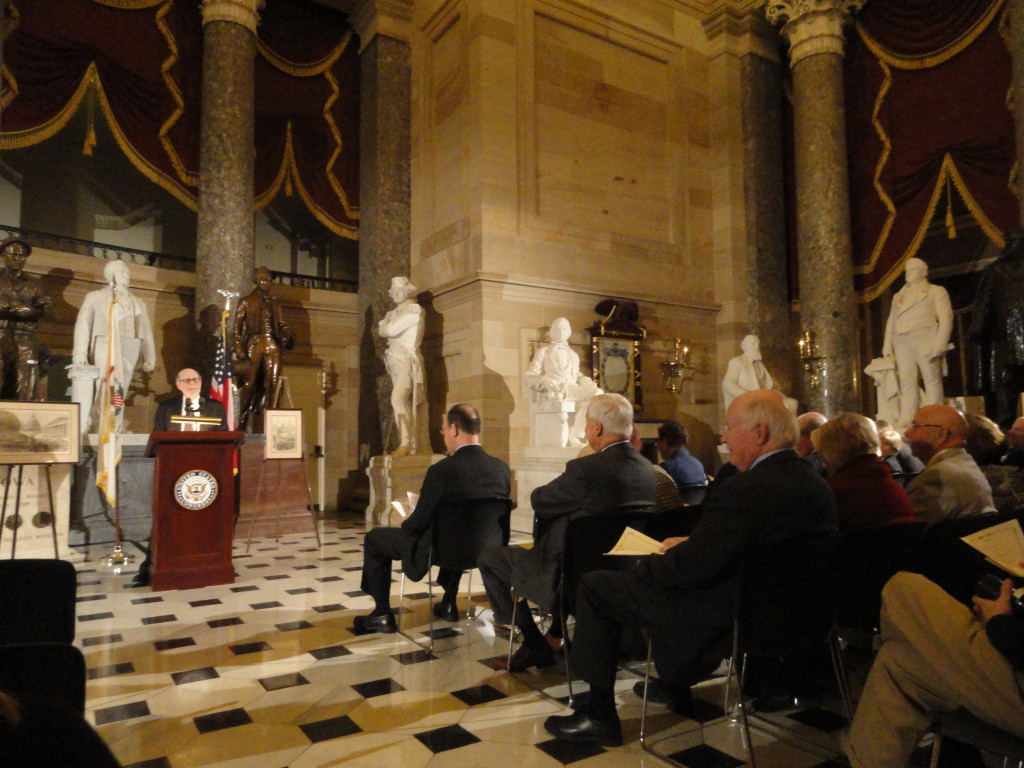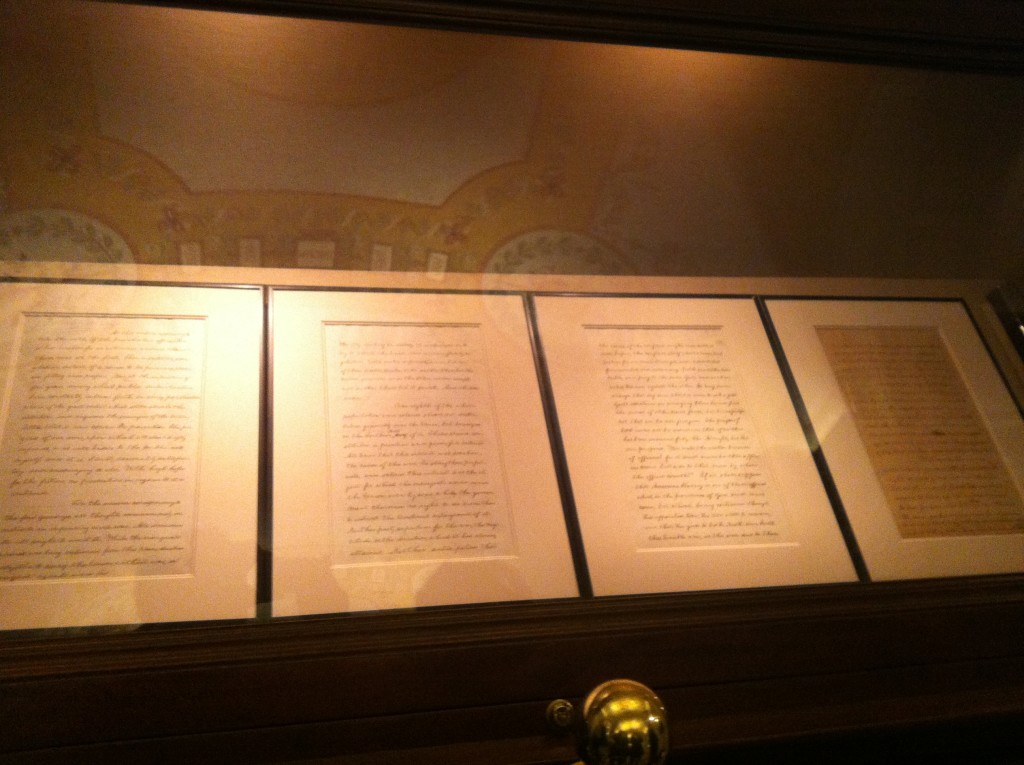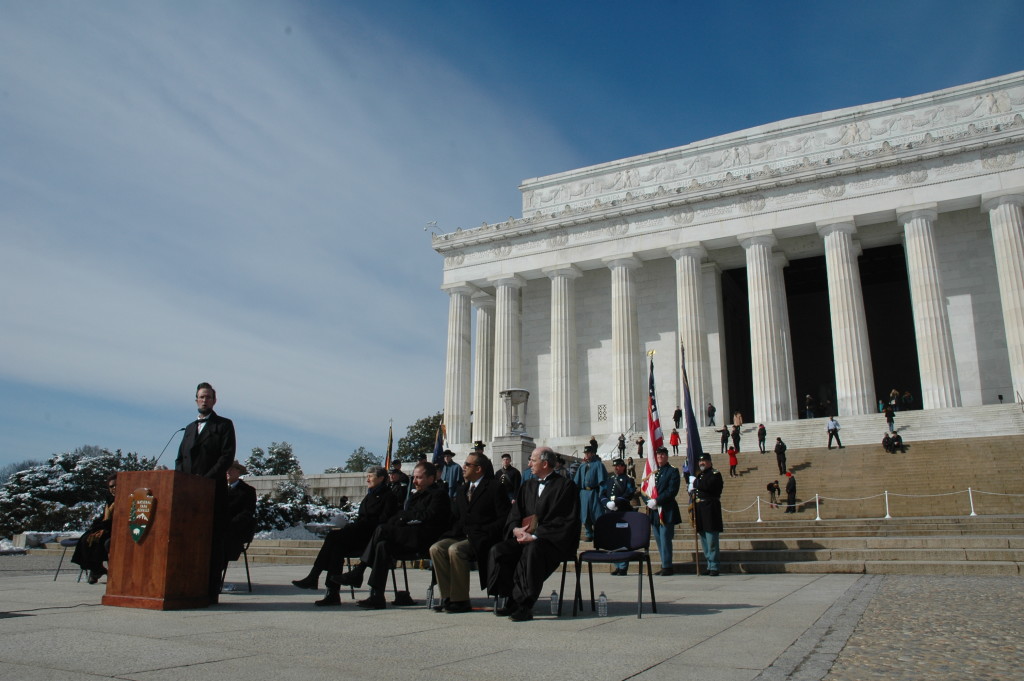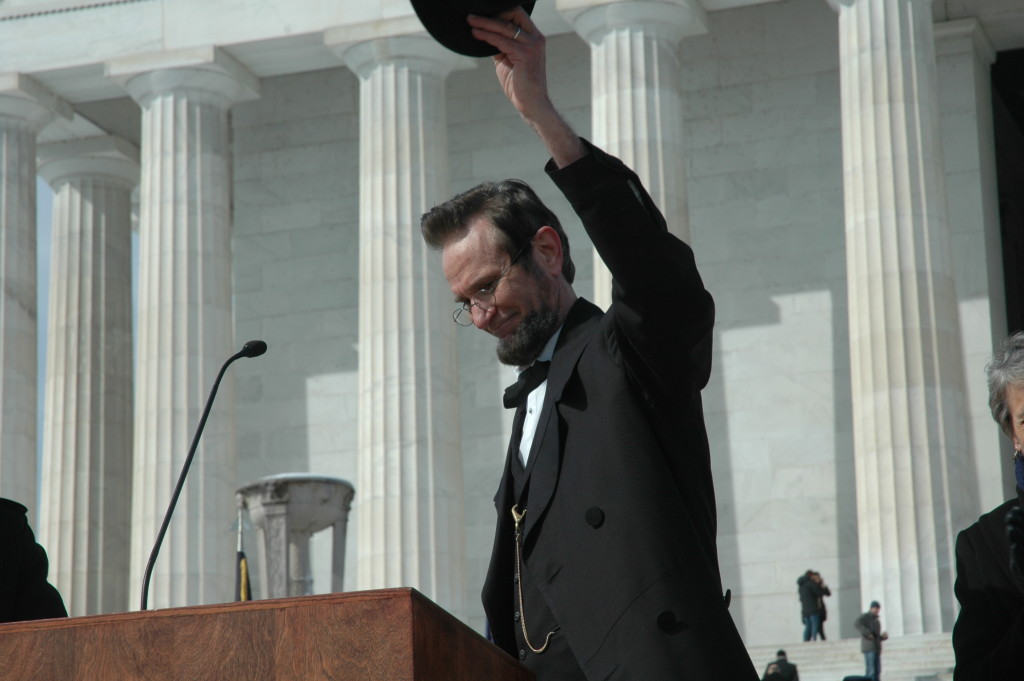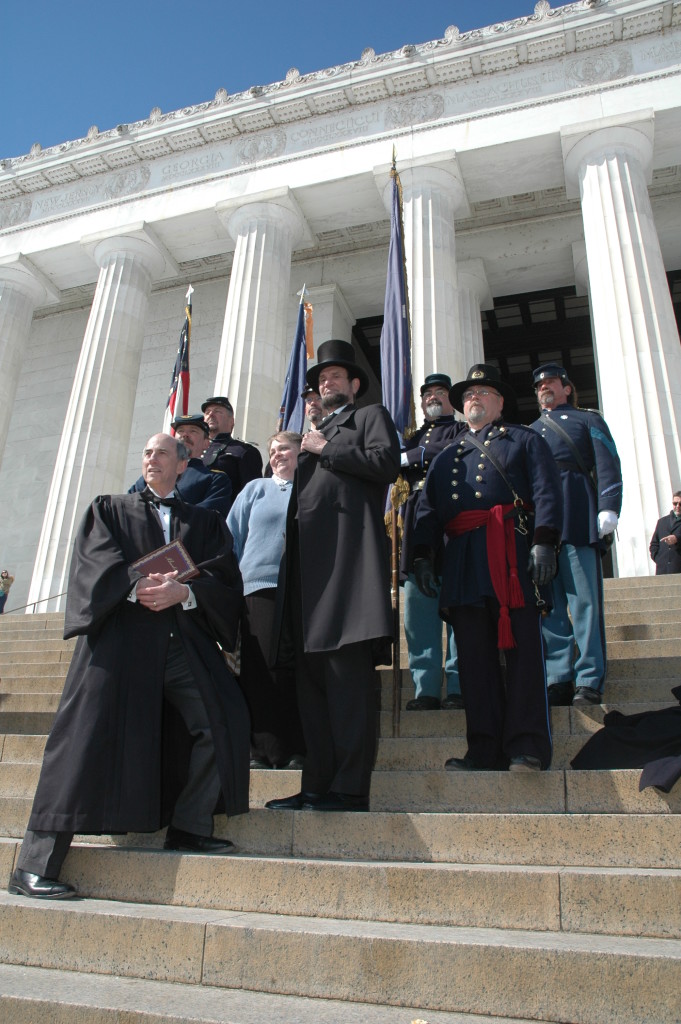Most Americans consider the Civil War our nation’s greatest trial and Abraham Lincoln the greatest President. He shepherded the country through the war’s great battles, preserved the Union, and ended the scourge of slavery. But the impact of the war and Lincoln’s legacy extended far into the future, and a stellar cast of speakers in our May 2015 symposium will explore some of the ways in which the Civil War and Lincoln’s achievements set the stage for the United States’ entry onto the the world stage. As the nation commemorates the end of the Civil War sesquicentennial, join us for “The Legacy of Abraham Lincoln and the American Civil War.”
Saturday, May 16, 2015
Location: New York Ave. Presbyterian Church
1313 New York Avenue Northwest, Washington, DC 20005 (three blocks from the Metro Center station)
9:00 a.m. – 5:00 p.m.
SPEAKERS
 |
JAMES OAKES THE LEGACY OF LINCOLN Professor of History at the Graduate Center of the City University of New York. Received the Lincoln Prize for his book “Freedom National: The Destruction of Slavery in the United States.” Other works include “The Radical and the Republican: Frederick Douglass, Abraham Lincoln, and the Triumph of Antislavery Politics,” and “The Scorpion’s Sting: Antislavery and the Coming of the Civil War.”
|
 |
PAUL QUIGLEY THE INTERNATIONAL IMPACT OF LINCOLN AND THE AMERICAN CIVIL WAR James I. Robertson Jr. Professor in Civil War Studies and Director, Virginia Center for Civil War Studies, Virginia Tech University
|
 |
GEORGE WUNDERLICH THE IMPACT OF THE CIVIL WAR ON MEDICINE Former Executive Director and Director of Education, National Museum of Civil War Medicine, Frederick, Maryland.
|
 |
EDNA GREEN MEDFORD THE AFRICAN-AMERICAN EXPERIENCE Chair, Department of History, Howard University. Co-author of “The Emancipation Proclamation: Three Views” and co-author and editor of “The Price of Freedom: Slavery and the Civil War.” Serves on the board of the Lincoln Bicentennial Foundation, the Lincoln Studies Center at Knox College, and the Abraham Lincoln Institute. Special bicentennial recipient of the Illinois Order of Lincoln in 2009.
|
 |
RON WHITE LINCOLN AND RELIGION Lincoln biographer and Presbyterian theologian. Author of “A. Lincoln: A Biography;” “Lincoln’s Greatest Speech: The Second Inaugural;” and “The Eloquent President: A Portrait of Lincoln Through His Words.” Writing a comprehensive biography of Ulysses S. Grant – “American Ulysses.”
|
 |
MICHAEL KAUFFMAN -ASSASSINATION, MOURNING, AND SECURITY OF PRESIDENTS Historian and author of “American Brutus: John Wilkes Booth and the Lincoln Conspiracies” and “In the Footsteps of an Assassin.”
|
 |
THE LINCOLN ARCHIVES DIGITAL PROJECT www.lincolnarchives.us Launched in 2002, the project’s goal is to digitize all federal records created during the administration of Abraham Lincoln, (all executive, legislative, judicial and military) The website is freely accessible to the global community.
|
Join us May 16th to wrap up the 150th anniversary commemoration of the Civil War. The full day symposium is only $50, an incredible bargain when you consider the stellar scholars presenting!.
Sign up now on the Lincoln Group of DC website. It’s only a week away.
[Cross-posted from LincolnGroup.Org.]
David J. Kent has been a scientist for over thirty years, is an avid science traveler, and an independent Abraham Lincoln historian. He is the author of Tesla: The Wizard of Electricity and the e-book Nikola Tesla: Renewable Energy Ahead of Its Time. He is currently writing a book on Thomas Edison.
Follow me by subscribing by email on the home page. And feel free to “Like” my Facebook author’s page and connect on LinkedIn. Share with your friends using the buttons below.




 On
On  On
On  And here on
And here on  An exceptional scholarly treatment. Author Fornieri examines the age-old question of what makes Abraham Lincoln great. His answer lies in the belief that Lincoln was a philosopher statesman, which he defines as being understood in terms of six dimensions of political leadership.
An exceptional scholarly treatment. Author Fornieri examines the age-old question of what makes Abraham Lincoln great. His answer lies in the belief that Lincoln was a philosopher statesman, which he defines as being understood in terms of six dimensions of political leadership.
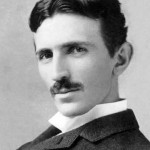
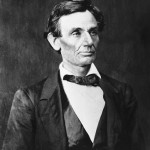 Abraham Lincoln was born in Kentucky in 1809, lived in Indiana and Illinois, and was assassinated in Washington, DC in 1865 without ever having left the country. Nikola Tesla was born in 1856 of Serbian heritage in an Austro-Hungarian military outpost in land now part of Croatia. He moved to the United States decades after Lincoln’s assassination and lived for many years in New York City before dying in 1943. Their lives barely overlapped.
Abraham Lincoln was born in Kentucky in 1809, lived in Indiana and Illinois, and was assassinated in Washington, DC in 1865 without ever having left the country. Nikola Tesla was born in 1856 of Serbian heritage in an Austro-Hungarian military outpost in land now part of Croatia. He moved to the United States decades after Lincoln’s assassination and lived for many years in New York City before dying in 1943. Their lives barely overlapped.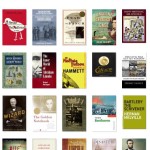 While Thomas Edison slowly comes to life on the pages of my book in progress for Sterling Publishing, we’ve seen a “whole lotta writin’ goin on” (with apologies to
While Thomas Edison slowly comes to life on the pages of my book in progress for Sterling Publishing, we’ve seen a “whole lotta writin’ goin on” (with apologies to 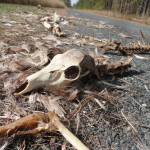 We’ve seen skeletons here on Science Traveler since the last update.
We’ve seen skeletons here on Science Traveler since the last update. 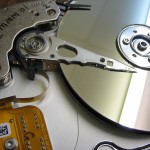 Over on Hot White Snow were two creative writing pieces.
Over on Hot White Snow were two creative writing pieces. 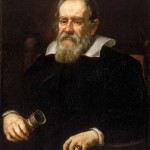 On the serious side, The Dake Page offered a review of the Pulitzer Prize-winning book
On the serious side, The Dake Page offered a review of the Pulitzer Prize-winning book 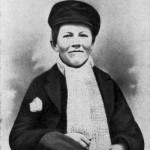 Now back to Thomas Edison. Did you know that as a child he was actually called “Little Al?” Or that he was a teenage “news butch” on a train (not quite a teenage werewolf in Paris)? Or that his deafness started at an early age? Stay tuned as Little Al grows up into “The Wizard of Menlo Park” (even though he wasn’t in Menlo Park very long).
Now back to Thomas Edison. Did you know that as a child he was actually called “Little Al?” Or that he was a teenage “news butch” on a train (not quite a teenage werewolf in Paris)? Or that his deafness started at an early age? Stay tuned as Little Al grows up into “The Wizard of Menlo Park” (even though he wasn’t in Menlo Park very long).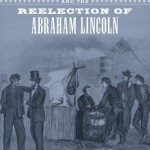
 Yes, you read that right; a Booth saved a Lincoln’s life. In my e-book, Abraham Lincoln and Nikola Tesla: Connected by Fate, I’ve been amazed at how many interesting connections there are between the two men. There are two that relate Tesla to Lincoln through Robert Todd Lincoln.
Yes, you read that right; a Booth saved a Lincoln’s life. In my e-book, Abraham Lincoln and Nikola Tesla: Connected by Fate, I’ve been amazed at how many interesting connections there are between the two men. There are two that relate Tesla to Lincoln through Robert Todd Lincoln.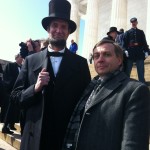 Here on Science Traveler the focus was on Abraham Lincoln, with several events commemorating his 2nd Inauguration and one of the finest speeches ever delivered.
Here on Science Traveler the focus was on Abraham Lincoln, with several events commemorating his 2nd Inauguration and one of the finest speeches ever delivered. 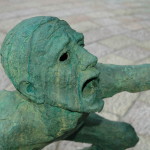 That wasn’t all Science Traveler was about. I also posted a photo retrospective of the
That wasn’t all Science Traveler was about. I also posted a photo retrospective of the 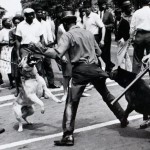 On Hot White Snow I took a look at how we’ve moved
On Hot White Snow I took a look at how we’ve moved 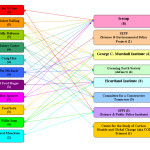 The Dake Page posted a series of climate change-related pieces since the last update.
The Dake Page posted a series of climate change-related pieces since the last update. 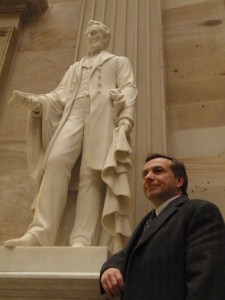 And what a week it was. March 4th marked the 150th anniversary of Abraham Lincoln’s second inauguration and there were several events in Washington DC and elsewhere to commemorate the occasion. And several cool opportunities to hang out with Lincoln scholars, famous actors, and distinguished members of the Supreme Court (not real) and the press (real).
And what a week it was. March 4th marked the 150th anniversary of Abraham Lincoln’s second inauguration and there were several events in Washington DC and elsewhere to commemorate the occasion. And several cool opportunities to hang out with Lincoln scholars, famous actors, and distinguished members of the Supreme Court (not real) and the press (real).